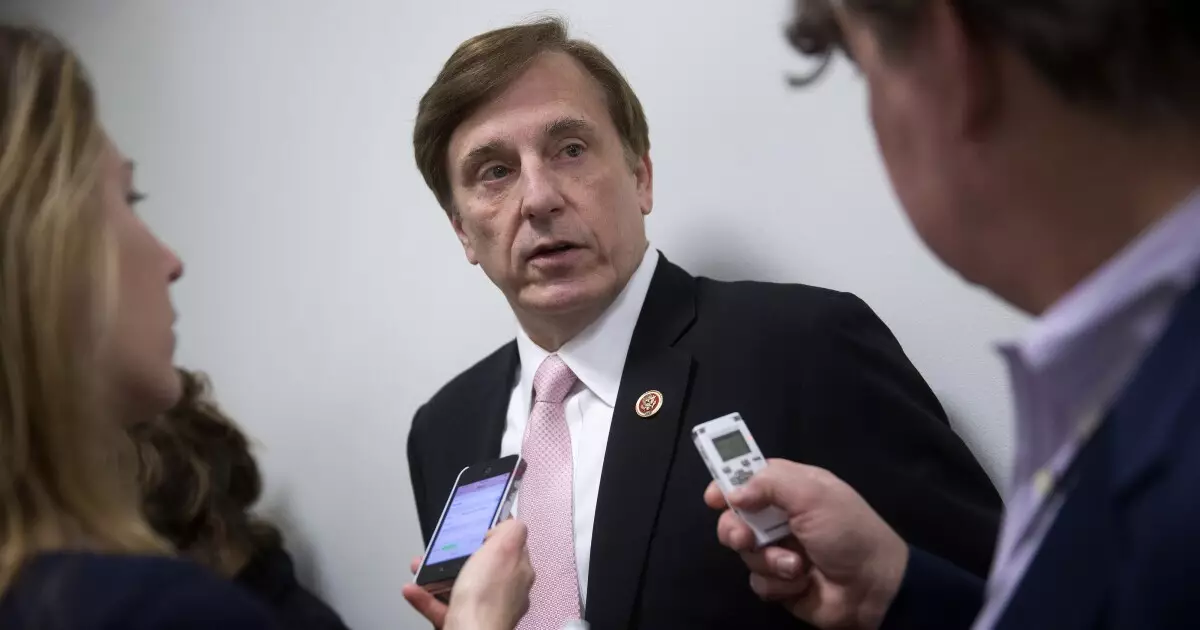The recent approval by the Louisiana State Bond Commission for a staggering $1.03 billion health care bond may seem like a beacon of hope for the state’s medical infrastructure, but buried beneath this seemingly beneficial façade is a complex web of financial ramifications that threatens to overshadow any potential gains. While the bond aims to fund crucial improvements to multiple Ochsner Medical Centers across Louisiana, the long-term risks and implications deserve a serious examination. The lure of ample funds can often distract citizens from the careful stewardship required to manage such colossal sums.
Market Volatility: The Real Enemy
State Treasurer John Fleming pointed to recent market turmoil as the reason for varying approaches to bond sales, yet this admission reveals a worrying dependence on fluctuating financial markets. The decision to shift from a competitive sale to a negotiated basis signifies a pragmatic approach, giving the state more control over timing. However, is this shift merely a band-aid solution for deeper issues within Louisiana’s financial landscape? Why should residents have to ride the unpredictable waves of the market when state investments in health care are being touted as the panacea for issues plaguing our medical facilities?
The Charter School Bonds: A Risky Bet
Accompanying the health care bond are two charter school bonds totaling $259 million—an investment that raises eyebrows due to the inherent risks involved. Lela Folse has acknowledged that these bonds will only be sold to “sophisticated investors,” reflecting an elitist attitude that could alienate the average taxpayer. It begs the question: why would the state funnel money into an arena fraught with potential pitfalls? While charter schools can provide innovative educational systems, the risks associated with financing them should not be overlooked. If these charter schools fail to deliver on their promises, it is the taxpayers who will foot the bill for any bailouts.
Debt Service Reserve Fund: A Temporary Fix
The bonding structure includes provisions for a debt service reserve fund, which sounds reassuring at first glance. However, this approach raises questions about actual accountability and fiscal responsibility. Are these reserve funds a crutch that allows for reckless spending without addressing the root causes of financial gaps? Essentially, it provides a cushion for poor financial decisions, leading to long-term debt accumulation rather than making necessary budgetary reforms.
The Fight for Transparency
In our fast-paced political landscape, transparency is often viewed as a bureaucratic obstacle rather than a necessity. From the complicated frameworks of the bonds to the decision-making processes of the Louisiana State Bond Commission, the community deserves clearer insights into how these multi-million-dollar investments are expected to shape our future. The unanimous votes in favor of these substantial financial maneuvers should not signify blind faith but rather a call for vigilant oversight.
As Louisiana embarks on this ambitious financial journey, it is essential for all stakeholders—from lawmakers to everyday residents—to remain critical and engaged. The decisions we make today will shape the healthcare landscape for generations to come, and it is our responsibility to ensure that we are not simply investing in bonds, but in a sustainable future for all Louisianans.

